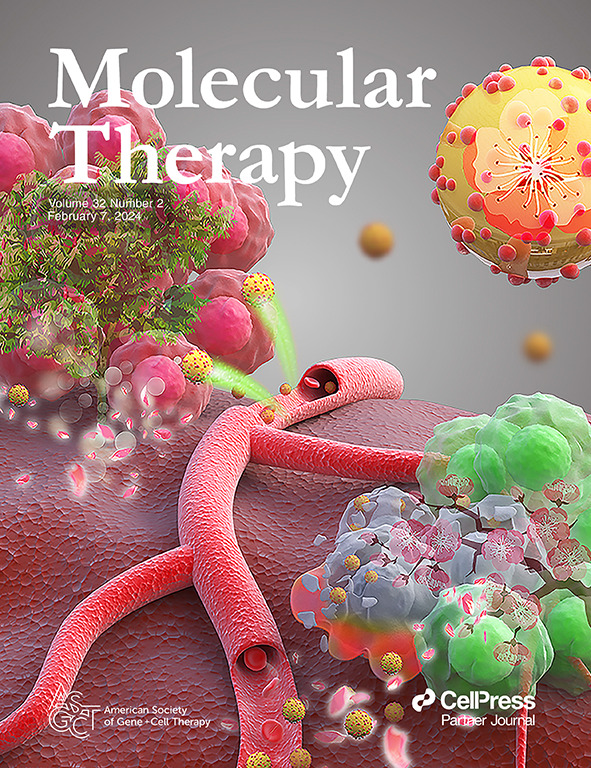High-dimensional temporal mapping of CAR T cells reveals phenotypic and functional remodeling during manufacturing.
IF 12.1
1区 医学
Q1 BIOTECHNOLOGY & APPLIED MICROBIOLOGY
引用次数: 0
Abstract
Despite the notable success of chimeric antigen receptor (CAR) T cell therapies in hematological malignancies, clinical outcomes remain variable, making it critical to understand how manufacturing influences product composition and function. We developed a 36-marker spectral flow cytometry panel enabling integrated profiling of phenotypic, metabolic, and functional attributes across CAR T cell production. Mid-expansion products (day 5) retained stem-like, metabolically active CD4+ Th1 subsets with high proliferative capacity, whereas prolonged culture (day 10) enriched terminally differentiated CD8+ Tc1 cells and NK-like T cell populations. CAR+ and CAR- T cells showed similar differentiation trajectories, suggesting that culture conditions may have a larger impact on phenotypic remodeling than CAR integration. Upon antigen encounter and restimulation, day 5 and day 10 products showed comparable cytotoxicity, while differing in their activation and checkpoint profiles. Cryopreservation modestly affected stem cell memory, activation, and metabolic markers but preserved overall phenotype and cytotoxic function. These findings establish a high-dimensional framework for mapping CAR T cell dynamics to support manufacturing optimization and next-generation cell therapy design.CAR - T细胞的高维时间图谱揭示了制造过程中的表型和功能重塑。
尽管嵌合抗原受体(CAR) T细胞治疗血液系统恶性肿瘤取得了显著的成功,但临床结果仍然不稳定,因此了解生产如何影响产品成分和功能至关重要。我们开发了一个36个标记的光谱流式细胞术面板,可以对CAR - T细胞生产过程中的表型、代谢和功能属性进行综合分析。中期扩增产物(第5天)保留了具有高增殖能力的干细胞样、代谢活跃的CD4+ Th1亚群,而延长培养时间(第10天)则富集了终末分化的CD8+ Tc1细胞和nk样T细胞群。CAR+和CAR- T细胞表现出相似的分化轨迹,这表明培养条件可能比CAR整合对表型重塑的影响更大。在抗原接触和再刺激后,第5天和第10天的产物显示出相似的细胞毒性,但它们的激活和检查点谱不同。低温保存适度影响干细胞记忆、激活和代谢标志物,但保留了整体表型和细胞毒性功能。这些发现为绘制CAR - T细胞动力学图谱建立了一个高维框架,以支持制造优化和下一代细胞治疗设计。
本文章由计算机程序翻译,如有差异,请以英文原文为准。
求助全文
约1分钟内获得全文
求助全文
来源期刊

Molecular Therapy
医学-生物工程与应用微生物
CiteScore
19.20
自引率
3.20%
发文量
357
审稿时长
3 months
期刊介绍:
Molecular Therapy is the leading journal for research in gene transfer, vector development, stem cell manipulation, and therapeutic interventions. It covers a broad spectrum of topics including genetic and acquired disease correction, vaccine development, pre-clinical validation, safety/efficacy studies, and clinical trials. With a focus on advancing genetics, medicine, and biotechnology, Molecular Therapy publishes peer-reviewed research, reviews, and commentaries to showcase the latest advancements in the field. With an impressive impact factor of 12.4 in 2022, it continues to attract top-tier contributions.
 求助内容:
求助内容: 应助结果提醒方式:
应助结果提醒方式:


